If you’ve come to this page, you’re probably looking for steps on how to write lesson plans for preschool. This post includes a free preschool curriculum planner, too.
See all my Preschool Lesson Planning Resource here. Writing preschool lesson plans can be time consuming and confusing. But it doesn’t have to be. I’ve put together a series of five posts that lay out everything you need to do to write year-long preschool lesson plans an entire year in advance.
How to Make Lesson Plans for Preschool
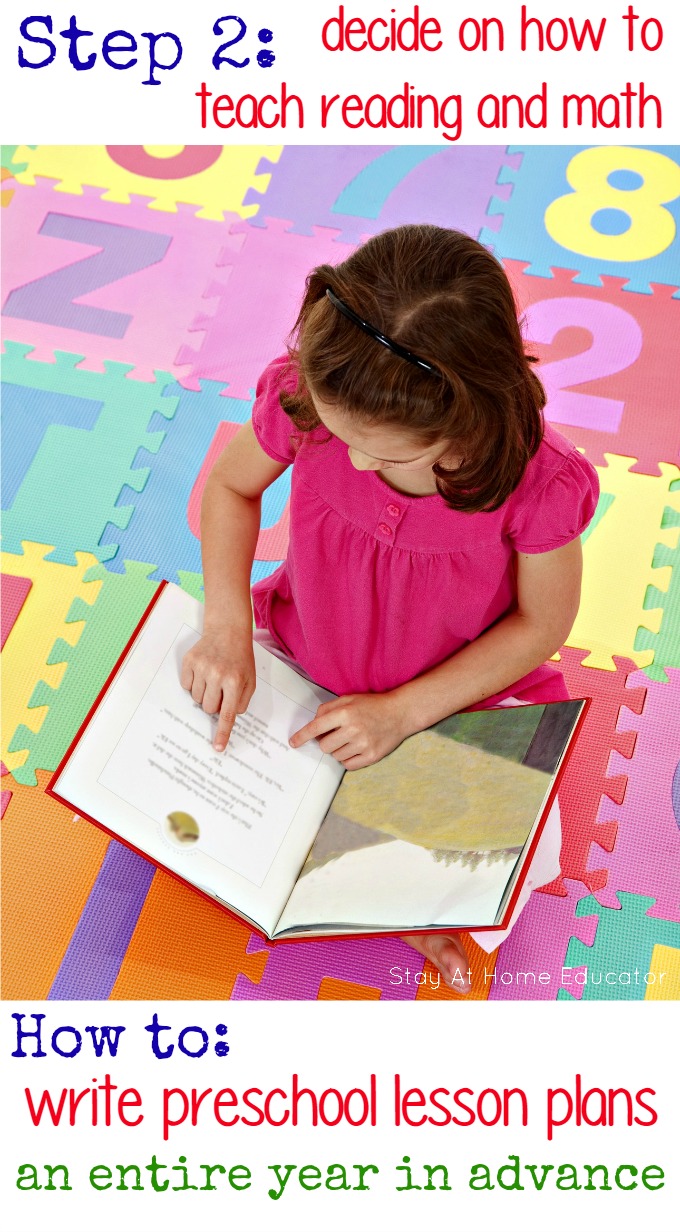
In just five easy steps, you’ll have an entire year of preschool lesson plans written in up a single afternoon. Be sure to subscribe to get extra lesson planning tips and perks delivered right to your email!
This post includes two FREE printables to help you with your preschool lesson planning, so be sure to grab them at the end of the post! (And be sure to read the entire series for more free lesson planning printables.)
Good teaching stems from planning
No matter your teaching philosophy, good instruction stems from advance planning.
That’s not to say that excellent teaching doesn’t ever happen in the moment, but your very best teaching will almost always draw from your preschool lesson plans.
This is why I believe so strongly in having a preschool scope and sequence to follow. A scope and sequence is an outline of skills and concepts you plan to teach throughout the school year. Sometimes it is also called a preschool curriculum map.

This kind of planning helps you identify what needs to be taught and in what order. Many skills are incremental, with one skill or concept building upon another, so it’s only appropriate that your lesson plans reflect a specific order.
You can grab a copy of the exact scope and sequence I use at the end of this post!
But most importantly, this post will walk you through what to consider when planning activities for preschoolers and how to effectively add them to your lesson plans for preschool.
How to Write Preschool Lesson Plans an Entire Year in Advance
With a scope and sequence in hand (AKA a roadmap for the year), writing your preschool lesson plans will be a breeze, and you can get it all done in a single afternoon.
These lesson plans will be detailed enough to take the guesswork out of what you should teach every day, but still flexible enough that you can make appropriate changes based on the needs and interests of your students.
If you haven’t read Step 1: Create A Calendar then you should do that first, and complete the tasks listed in the post. You definitely want to have your calendar solidified before you do these new tasks.
Right now, you are on Step 2.
Learn How to Write Lesson Plans the Easy Way
My process for writing preschool lesson plans requires only a few simple steps. Now you can have this quick and easy system delivered right to your inbox, completely free! Just fill out the form below.
How to Teach Reading in Preschool
This is what Step: 2 will focus on — how to teach reading and math in preschool.
There are a couple different approaches to teaching reading in preschool; neither of them is right or wrong. The approach you choose is simply based on what your students’ needs and how well it fits in with your own teaching style.
But what we already know is that children learn by being offered hands on preschool activities that engage them in problem solving and motor skills work.
State/Common Core Standards Or “Mom” Standards?
I discussed this idea when I posted about how to select learning materials for a preschool co-op. Some states have some sort of preschool standards you can use as guidance. To align with early childhood development, these standards tend to focus more on social, emotional, and physical development. Any academic skills cited are typically vague.
I have found the National Association for the Education of Young Children to be very helpful in how to write lesson plans for preschoolers.
The second approach is to create a set of “mom”-based standards that reflect what you personally believe your child should be learning. You might find yourself gleaning from state or common core standards, as well as incorporating several skills and concepts that you believe are appropriate for your child.
Either approach is fine; it’s a matter of personal preference. The important thing is to have a set of early learning goals appropriate for your child that you are choosing to follow (and possibly tweak as needed) for the year.
So, how do you teach reading to preschoolers?
There are basically two schools of thought when it comes to teaching reading in preschool.
Phonics (letter of the week) vs. whole language.
Letter of the week is much like it sounds. A new letter is explicitly introduced each week and much of the literacy instruction is centered on that letter’s name and sounds, as well as loads of phonological awareness and oral language skills that are systematically introduced and practiced.
The whole language approach introduces letters to preschoolers more naturally (and often after a child has developed an interest in that specific letter), such as the letters in their name or the letters in their favorite cereal. The whole language approach is thoughtful, but not always systematic.

There are merits to both approaches; however, research strongly supports explicit phonics instruction over whole language. Here is some reading that might be of interest to you.
Related Reading About Phonics Instruction
Phonics Instruction: The Basics
What is the Difference Between Implicit and Explicit Phonics Instruction?
What is Phonics?
Many educators now look for ways to use phonics as part of whole language instruction, striving to teach meaningful phonics in the context of literature. This is how to take on both approaches.
Want Affordable Preschool Reading Lesson Plans?
I could continue to walk you through all the steps on how to write lesson plans for preschoolers–modeled after how I created lesson plans for teachers and parents, or you can save yourself the (little) work there is by purchasing a done-for-you, affordable program.
The Complete Preschool Curriculum by Stay At Home Educator is a year-long preschool curriculum I created out of demand from my readers. It has everything you need to teach your preschoolers literacy and math in a fun and engaging way, without all the boring worksheets!
What should you teach in preschool literacy?
Many believe that all children need to learn to read is knowledge of letter names and sounds. But this is not true and where traditional letter of the week typically fails.
Preschool literacy instruction includes:
ORAL LANGUAGE DEVELOPMENT
PRINT AWARENESS
PHONOLOGICAL AWARENESS
ALPHABETIC PRINCIPLE
You can also purchase done-for-you, low-prep, and affordable lesson plans in each component.
How to Teach Math in Preschool
A comprehensive math curriculum will include more than just counting.
For my math instruction and sequencing, I rely heavily on Teaching Mathematics in Early Childhood by Sally MooMaw. It’s a fantastic book about how to teach early mathematics fundamentals in a play-based manner.
What should you teach in preschool math?
There are five disciplines of math (number sense, algebra, geometry, measurement, and data analysis), and I spiral through each discipline focusing on one discipline each week (with the exception of data analysis for my 3-4′s class, which I don’t introduce until the second half of the year).
THE 5 DISCIPLINES OF PRESCHOOL MATH ACTIVITIES INSTRUCTION
NUMBER SENSE
GRAPHING
MEASUREMENT
PATTERNING
SHAPES
SORTING
So that means that week one I focus on number sense skills, week two algebra skills, week three geometry, and so on. Then we loop through those disciplines again and again until the end of the school year.
Now, this does not mean that only that discipline is taught during that week. It is only the focus of my math instruction.
I like to keep math activities theme related when possible. But these activities, although listed out and “planned” for, are not set in stone. I allow myself the freedom to make changes or ignore them if I think of something better, or if my students request more time with a specific concept or activity.
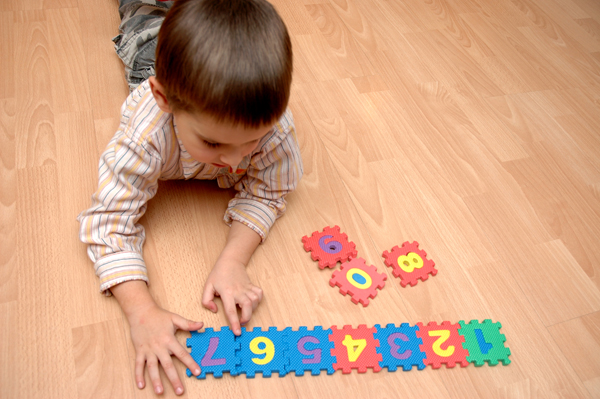
Once these activities have been introduced, I keep them out and available to my students to refer to during math center time so that my students have even more time to practice and reinforce specific skills.
At any one time, I typically have three to four activities set out. This works well since most of my math instruction is play-based and hands-on.
Want Affordable Preschool Math Lesson Plans?
I’ve written my own preschool math lesson plans. Like my reading lesson plans, this came about out of necessity.
FOR CLARIFICATION – These are not the thematic lessons I mention above; these are complete lesson plans that include everything you need to teach preschool math for an entire year.
This product is a bundle of all nine math units and includes EVERYTHING YOU NEED to teach preschool math for an entire year! It is systematically designed, allowing you to teach math to your child or preschool students in an organized manner.
You can also purchase each unit individually.
-
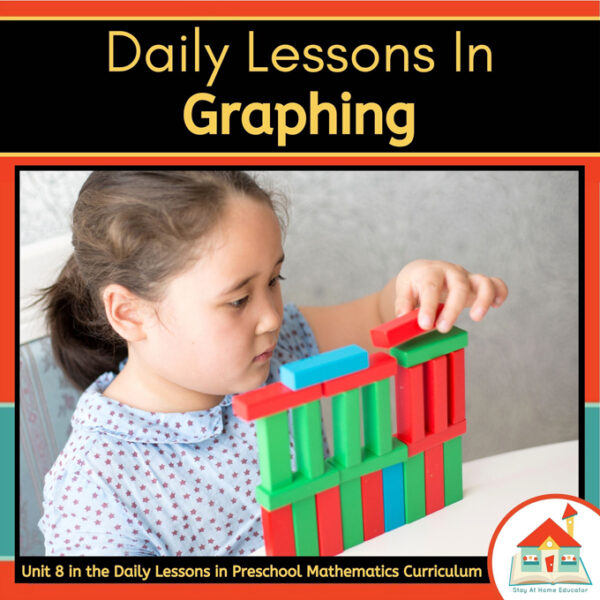 Daily Lessons in Graphing Preschool Math Unit$16.00
Daily Lessons in Graphing Preschool Math Unit$16.00 -
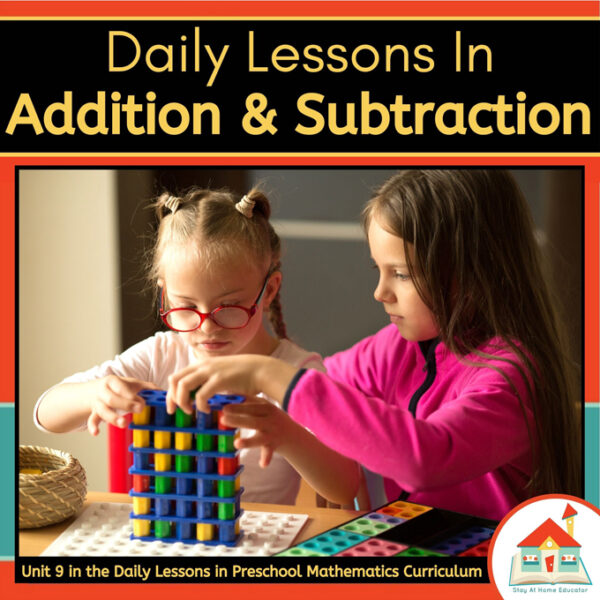 Daily Lessons in Addition & Subtraction Preschool Math Unit$16.00
Daily Lessons in Addition & Subtraction Preschool Math Unit$16.00 -
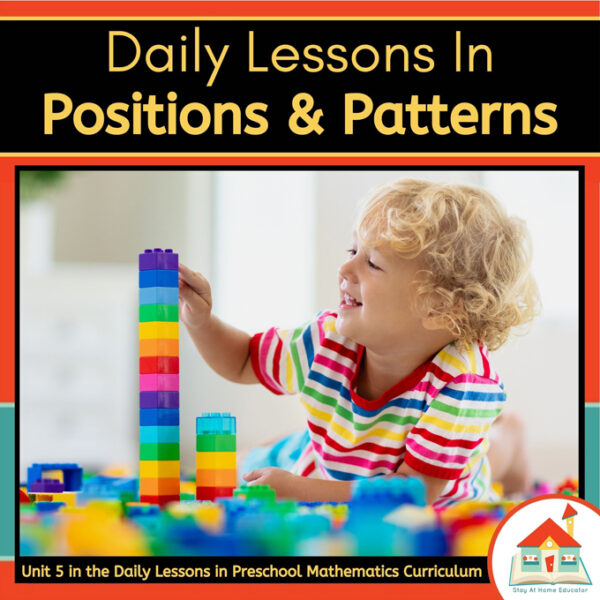 Daily Lessons in Positions & Patterns Preschool Math Unit$16.00
Daily Lessons in Positions & Patterns Preschool Math Unit$16.00 -
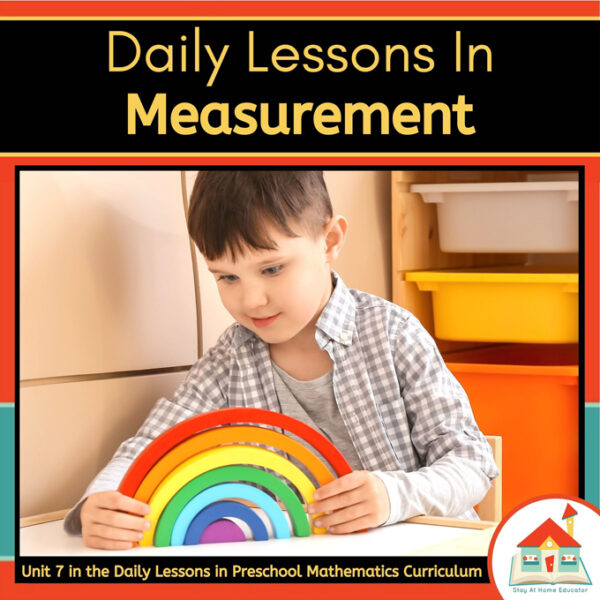 Daily Lessons in Measurement Preschool Math Unit$16.00
Daily Lessons in Measurement Preschool Math Unit$16.00 -
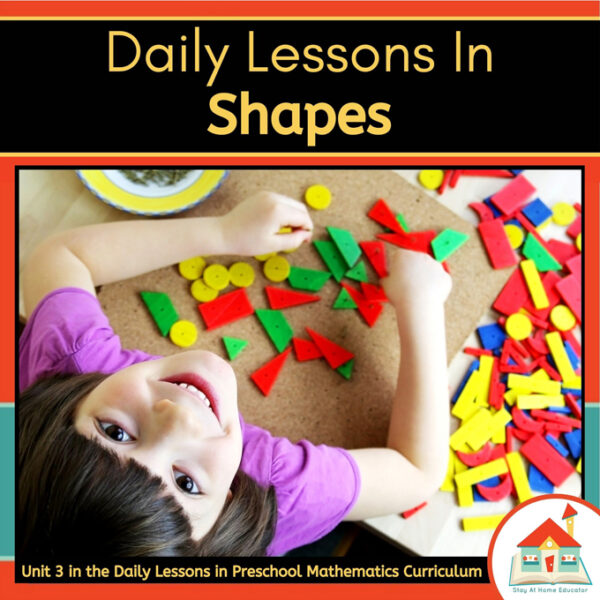 Daily Lessons in Shapes Preschool Math Unit$16.00
Daily Lessons in Shapes Preschool Math Unit$16.00 -
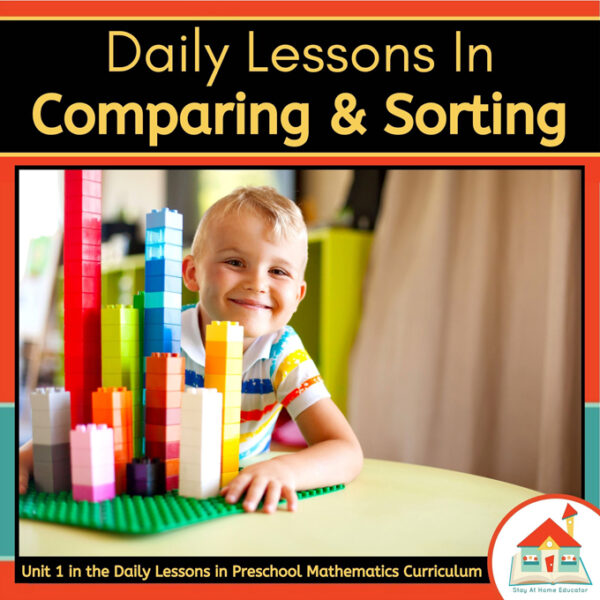 Daily Lessons in Sorting Preschool Math Unit$16.00
Daily Lessons in Sorting Preschool Math Unit$16.00 -
Product on sale
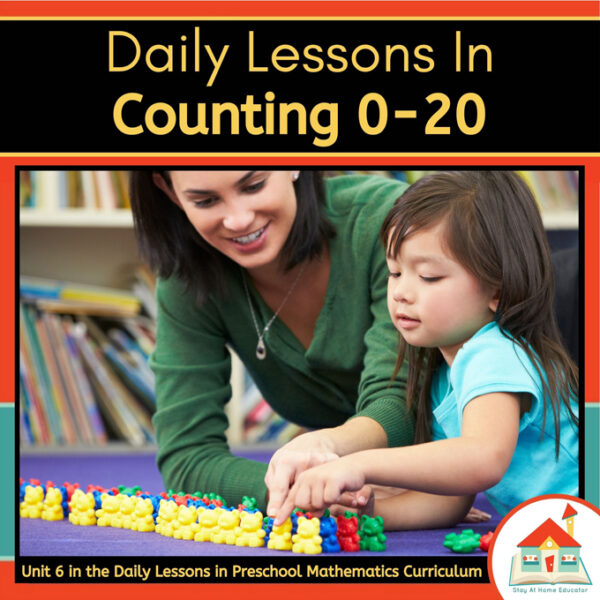 * Daily Lessons in Counting Preschool Math Unit Bundle$39.00
* Daily Lessons in Counting Preschool Math Unit Bundle$39.00
Get your copy of my scope and sequence
In order to write lesson plans for the preschool year, you need a template for your scope and sequence. You can download my scope and sequence below. Just click the image and the PDF will be sent to your email.
You also get a BONUS preschool literacy scope and sequence for the year with this download.
Or check out these EDITABLE templates and create your own
Each template in the following file is slightly different, and which one you choose to use is dependent upon how much detail you want filled in for you.
There are two template levels (3-4’s and 4-5’s class templates) and there are two versions of each template. One version is a template of math content to cover at its most basic form, and the second version offers topics within each math discipline to cover.
Click the image below to get your templates.
Oh, and I might mention that they’re fully editable, too! So you can just type right in them, or you can still print them out and write the activities in by hand.
How to Write Your Own Scope and Sequence for Preschool Lesson Planning
At this point, you’ll only be filling out part of the template, and you may find that you’d rather wait to fill it out.
First, decide if you’d like your math activities to be theme related. If you do want them to be theme related, then wait and just fill out what concept you’d like to focus on under each weekly discipline.
If you prefer not to have your math instruction be theme related (believe me, it can be exhausting and require a ton of extra planning and preparation), then you can begin filling out the template. Let’s look at the Math Scope and Sequence 3-4’s as an example.
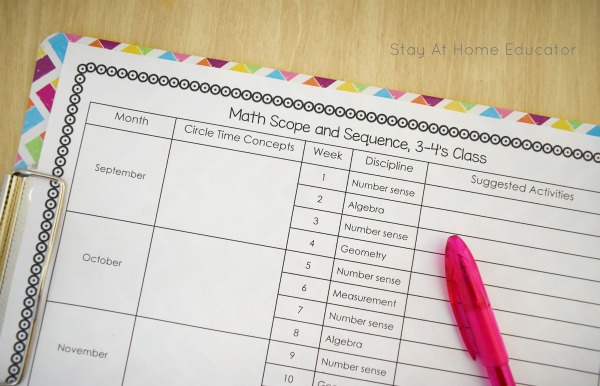
For week one, the discipline is number sense and the concept is counting. So you might write in a quick counting activity such as Apple Drop Counting, It’s a Zoo, or Dot Counting Cards, or you can do something even more basic like rolling a die and pushing the corresponding amount of buttons into play dough. Choose or make up a counting activity, and write it down.
The discipline for week two is algebra, and the concept is sorting. What kinds of sorting activities would your child or preschool students enjoy? Consider any one of these activities.
Continue writing up activities until the template is full. If you want to plan your math instruction so that it aligns with a theme you are also teaching, that’s great.
You can find all my best math activities for preschoolers here
Why Lesson Plans Are Important in Early Childhood Education
An important part of teaching preschool is have a good set of lesson plans to guide you. Start planning your preschool year with the step in this post, and follow up by planning for preschool themes, free play, and small group activities.
You can see all the steps in how to write year round preschool lesson plans below.
STEP 1: CREATE A CALENDAR
STEP 2: DECIDE ON HOW TO TEACH READING AND MATH
STEP 3: DECIDE ON THEMES
STEP 4: CREATE A LIST OF SUGGESTED ACTIVITIES
STEP 5: ORGANIZING LESSON PLANS – BONUS!

I’m Sarah, an educator turned stay-at-home-mama of five! I’m the owner and creator of Stay At Home Educator, a website about intentional teaching and purposeful learning in the early childhood years. I’ve taught a range of levels, from preschool to college and a little bit of everything in between. Right now my focus is teaching my children and running a preschool from my home. Credentials include: Bachelors in Art, Masters in Curriculum and Instruction.
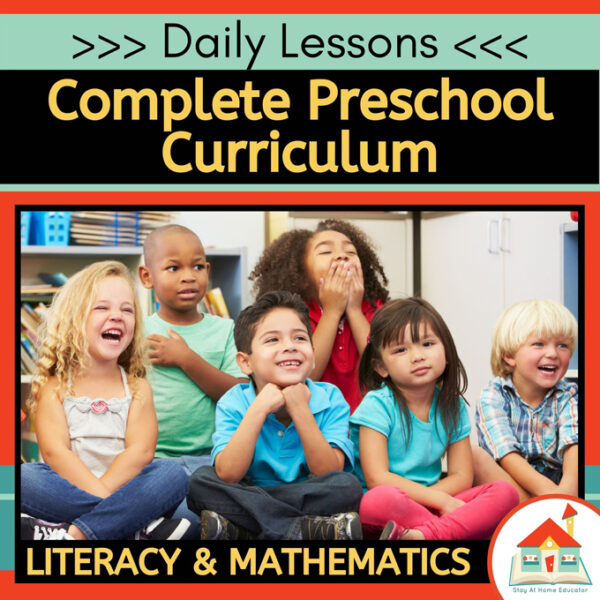
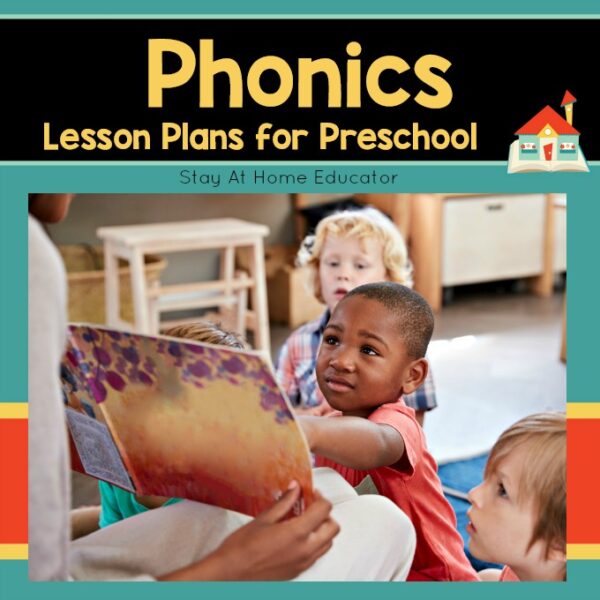
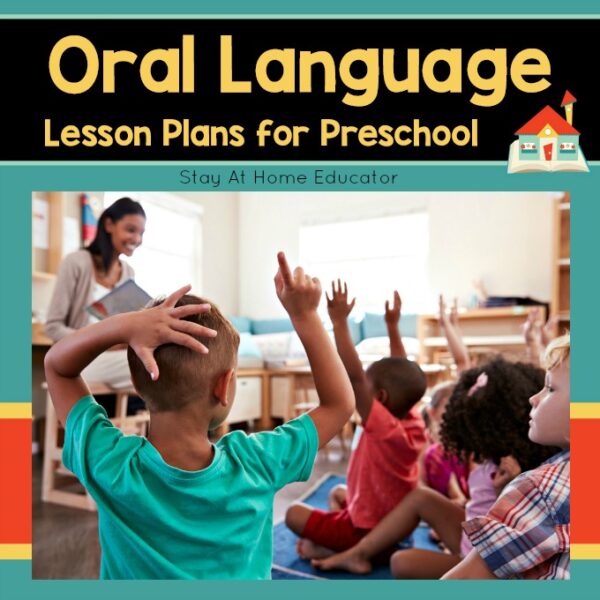
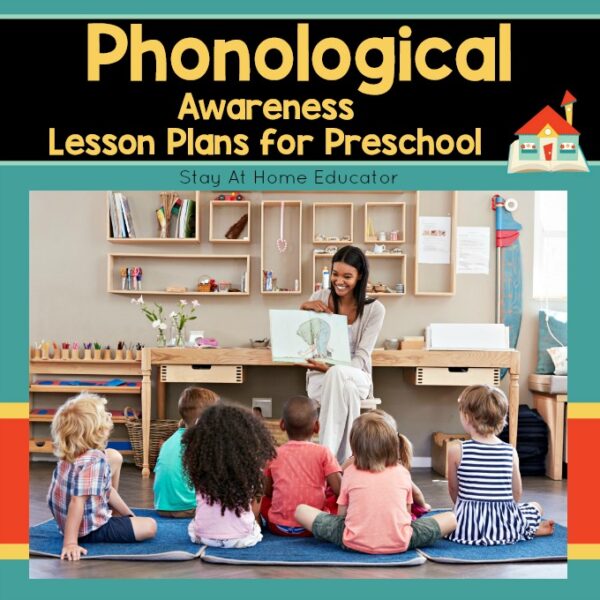

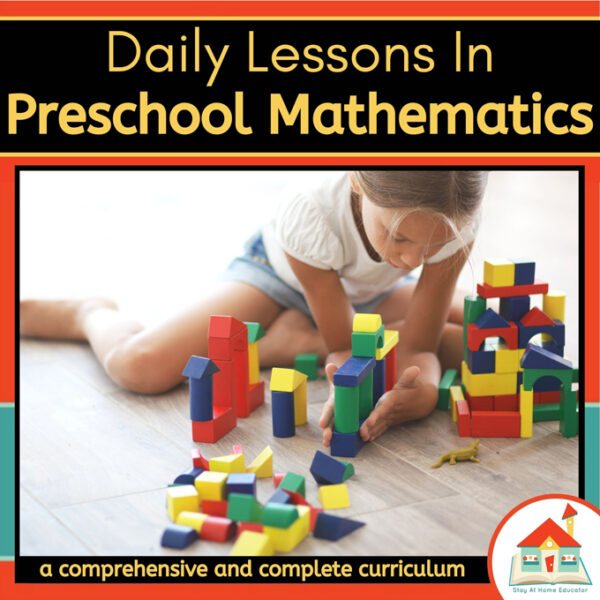

I am so grateful that I stumbled upon your blog this morning. I have been teaching Kindergarten to ESL students in Guatemala for 2 years and have to write my first scope and sequence this year! I have been very nervous, so I have been procrastinating on getting started. This resource is everything I have been hoping to find! You offer plenty of research, examples, and practical ideas. Even the book links you have provided look excellent, and I will be ordering those as well. I feel equipped to face the task now. You have taught me so much in such a short period of time… I can only imagine how much your students are learning with you every day!. Thank you so much for sharing your knowledge!
Thanks so much for commenting. Your kind message has made my day! I’m so glad my series has been helpful to you. If you have any other questions, feel free to contact me via FB or E-mail: sarah@stayathomeeducator.com
Do your books come in book form?
To which books are you referring? My lesson plans are a digital download.
Do you use your literacy bundle with your 3s and 4s also?
Yes, I use it for my 3’s, with the expectation that the lesson plans are more for exposure rather than mastery. In my 4-5’s classes I expect more mastery.
Do you have a template for the yearly planning i love your photos
Yes, they are within the post. There are a few to choose from.
I really love your blog, and this series is wonderful! One question RE: the scope and sequence templates. Template #1 for both age groups is the same template. Is there a different one for the 4-5’s? Thanks!
i’m so glad you are enjoying my blog! Yes, there is a slight difference. The difference is that the 4-5’s templates have data analysis as a math component. It gives the preschoolers a chance to learn about making estimations and graphing information.
The reason I wondered is because they’re both labeled 3-4’s. I guess if I had printed them out, I would have seen that difference, but didn’t notice it when I was just flipping back and forth between them on my computer. 🙂 Thanks for the clarification.
Sorry for mislabeling them. You’re the first to mention it. I’ll have to fix it.
🙂
Hi there! I am just loving these posts and I am one of your newest followers. I teach a preschool in my home 2 days a week similar to you. I’ve been doing it for several years but this year I was hoping to refresh and renew my concepts and planning. Then I stumbled onto your blog and I am so excited! I would love to know more about your sequence of etching reading. I struggle beyond teaching letters/sounds/rhyming/sight words. I would like to focus more on phonemic awareness but I’m not sure what to teach or how to sequence the skills. Any help in this regard would be fabulous! I am going to put your math template to good use for sure! Thank you so much.
Start here with my post Preschool Co-op Week 1. The Co-op series, which are kinda of hidden in my menu, will take you through a rough version of my reading instruction. They include a lot of phonemic awareness. https://stayathomeeducator.com/preshool-co-op-week-1/
Thanks so much!
What a great resource, Sarah! Thank you for including Reading the Alphabet in your reading resources. 🙂 Off to pin.